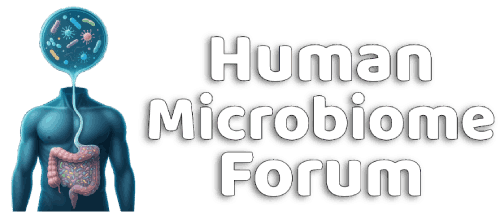Michael Harrop
Well-known member
https://medicalxpress.com/news/2023-10-commonly-used-herbicide-adolescent-brain-function.html
https://ehp.niehs.nih.gov/doi/10.1289/EHP11383
https://ehp.niehs.nih.gov/doi/10.1289/EHP11383
Abstract
Background:
Herbicides are the most used class of pesticides worldwide, and insect repellents are widely used globally. Yet, there is a dearth of studies characterizing the associations between these chemical groups and human neurobehavior. Experimental studies suggest that glyphosate and 2,4-dichlorophenoxyacetic acid (2,4-D) herbicides can affect neurobehavior and the cholinergic and glutamatergic pathways in the brain. We aim to assess whether herbicides and insect repellents are associated with neurobehavioral performance in adolescents.
Methods:
We assessed 519 participants (11–17 years of age) living in agricultural communities in Ecuador. We quantified urinary concentrations of glyphosate, 2,4-D, and two N,N-diethyl-meta-toluamide (DEET) insect repellent metabolites [3-(diethylcarbamoyl)benzoic acid (DCBA) and 3-(ethylcarbamoyl)benzoic acid (ECBA)] using isotope-dilution mass spectrometry. We assessed neurobehavioral performance using 9 subtests across 5 domains (attention/inhibitory control, memory/learning, language, visuospatial processing, and social perception). We characterized the associations using generalized estimating equations and multiple imputation for metabolites below detection limits. Models were adjusted for demographic and anthropometric characteristics, urinary creatinine, and sexual maturation. Mediation by salivary cortisol, dehydroepiandrosterone, 17 lowercase beta estradiol17β-estradiol
, and testosterone was assessed using structural equation modeling.
Results:
The mean of each neurobehavioral domain score was between 7.0 and 8.7 [standard deviation (SD) range: 2.0–2.3]. Glyphosate was detected in 98.3% of participants, 2,4-D in 66.2%, DCBA in 63.3%, and ECBA in 33.4%. 2,4-D was negatively associated with all neurobehavioral domains, but statistically significant associations were observed with attention/inhibition [score difference per 50% higher metabolite concentration open parenthesis lowercase italic beta close parenthesis equals negative 0.19(β)=−0.19
95% confidence interval (CI): negative 0.31−0.31, negative 0.07])−0.07], language [lowercase italic beta equals negative 0.12β=−0.12 (95% CI: negative 0.23−0.23, negative 0.01−0.01)], and memory/learning [lowercase italic beta equals negative 0.11β=−0.11 (95% CI: negative 0.22−0.22, 0.01)]. Glyphosate had a statistically significant negative association only with social perception [lowercase italic beta equals negative 0.08β=−0.08 (95% CI: negative 0.14−0.14, negative 0.01−0.01
)]. DEET metabolites were not associated with neurobehavioral performance. Mediation by gender and adrenal hormones was not observed.
Conclusion:
This study describes worse neurobehavioral performance associated with herbicide exposures in adolescents, particularly with 2,4-D. Replication of these findings among other pediatric and adult populations is needed. https://doi.org/10.1289/EHP11383
- Format correct?
- Yes
